I adore Chambolle-Musigny Les Amoureuses, the wine from one of the most vivid and sensual vineyards in Burgundy. It is a vineyard with tremendous potential and a legendary reputation.
There are great estates in the village of Chambolle which have been at the top of the producer tree for the last three decades or even longer. I’m of course thinking of Domaine Comte Georges de Vogüé, Domaine Georges Roumier and Domaine J.-F. Mugnier.
I do, however, have at least two more on my favourites list that in recent years have produced very exciting wines from Les Amoureuses: Domaine François Bertheau and, last but not least, Domaine Groffier. Groffier is located in Morey-Saint-Denis, but the core of its vineyards is on Chambolle soil.
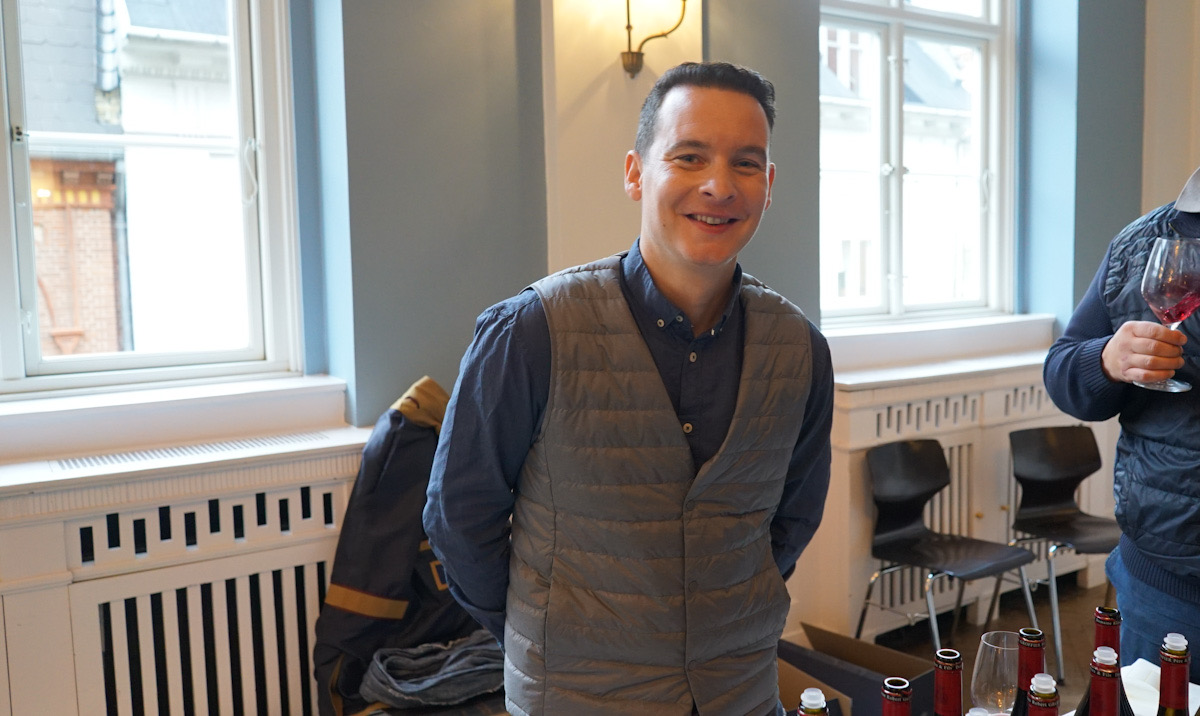
In fact, Groffier is the largest owner of Chambolle-Musigny Les Amoureuses, and it also owns other excellent Chambolle vineyards, like the sensual Les Haut Doix, the somewhat more severe Les Sentieres, and of course the mighty Bonnes Mares.
So let’s take a closer look at the Amoureuses from Domaine Groffier, a special and unique Les Amoureuses with plots in all geological sectors, and a truly captivating and enchanting wine.
Les Amoureuses – the princess of Chambolle
Les Amoureuses is located just below and north of Les Musigny and is a 5.4-ha vineyard (see map below).
The vineyard is divided into four sections: the southern upper section (1 on the map), where top-end producers like Vogüé, Roumier, Mugnier and Bertheau have the main part of their holdings. The second (2) is located above the road and just north of the Musigny vineyard, then we have the northern part of the vineyard closer to Chambolle itself (3), and lastly there is the lower part of the vineyard (4) as it continues down towards the village of Vougeot.
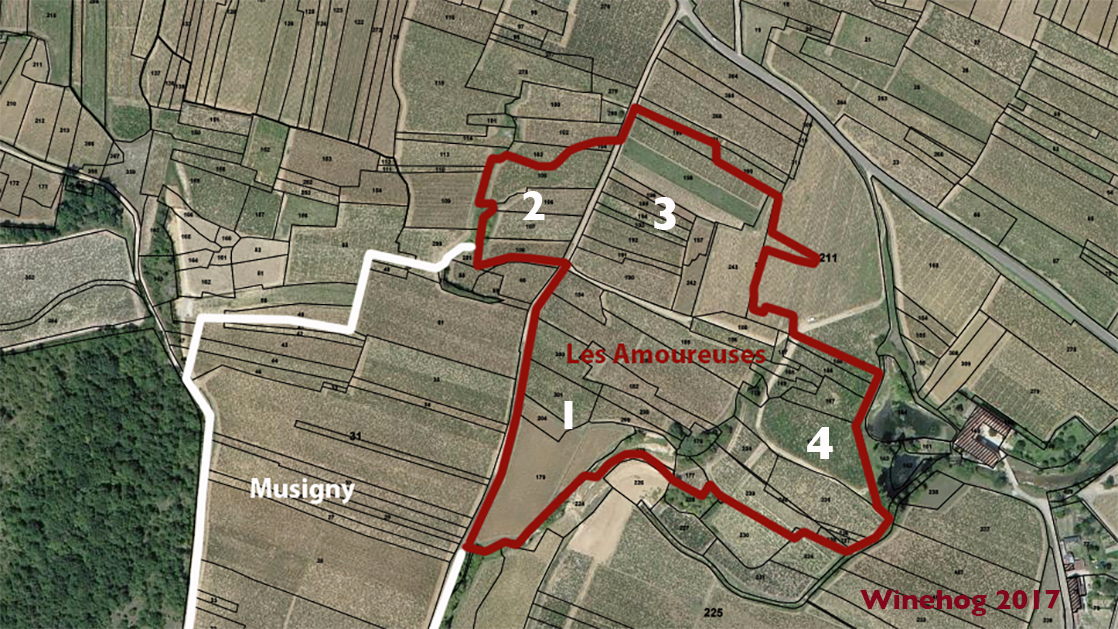
The geology of Les Amoureuses
The geology at the top of Les Amoureuses resembles that of Musigny. The soil does, however, change as the vineyard starts to descend steeply towards the village of Vougeot (according to the maps made by Françoise Vannier).
The soil in the upper part of Les Amoureuses is Calcaire Comblanchien (Comblanchien limestone), just as is most of the Musigny vineyard. The lower part is however Marnes a Ostrea Acuminata (white marl with fossilised oysters), the same type of soil found in the upper part of Bonnes Mares (see map below).

Source: Françoise Vannier
While the soil at the top of Les Amoureuses resembles that of Musigny, the topsoil itself is more shallow in Les Amoureuses than in the lower parts of Les Musigny, resulting in a lighter wine with less power and body than the Musigny from just above it.
The classification of Les Amoureuses
Chambolle-Musigny Les Amoureuses is classified as 1er cru, although the prices are in the grand cru range (although not quite matching Musigny levels).
As much as I love Les Amoureuses, I do not think it qualifies for promotion to grand cru, as it clearly lacks the depth and mineral power of a great Musigny. The best wines from Les Amoureuses can, however, clearly match some of the lesser grands crus. And if quality is defined by refinement and delicacy, then Les Amoureuses is Tête de Cuvée, with a respectful reference to Lavalle’s terminology.
Looking at the historical classifications, the top part of Les Amoureuses has always been highly regarded, and in some cases classified as highly as the Musigny above it. In the 1861 classification3 the bottom part was, however, only classified as 2e Classe.

For those who like the details, the individual plots mentioned in the classification can be seen on the old cadastre map from 1828 – the map below showing the bottom part of Les Amoureuses looking east.
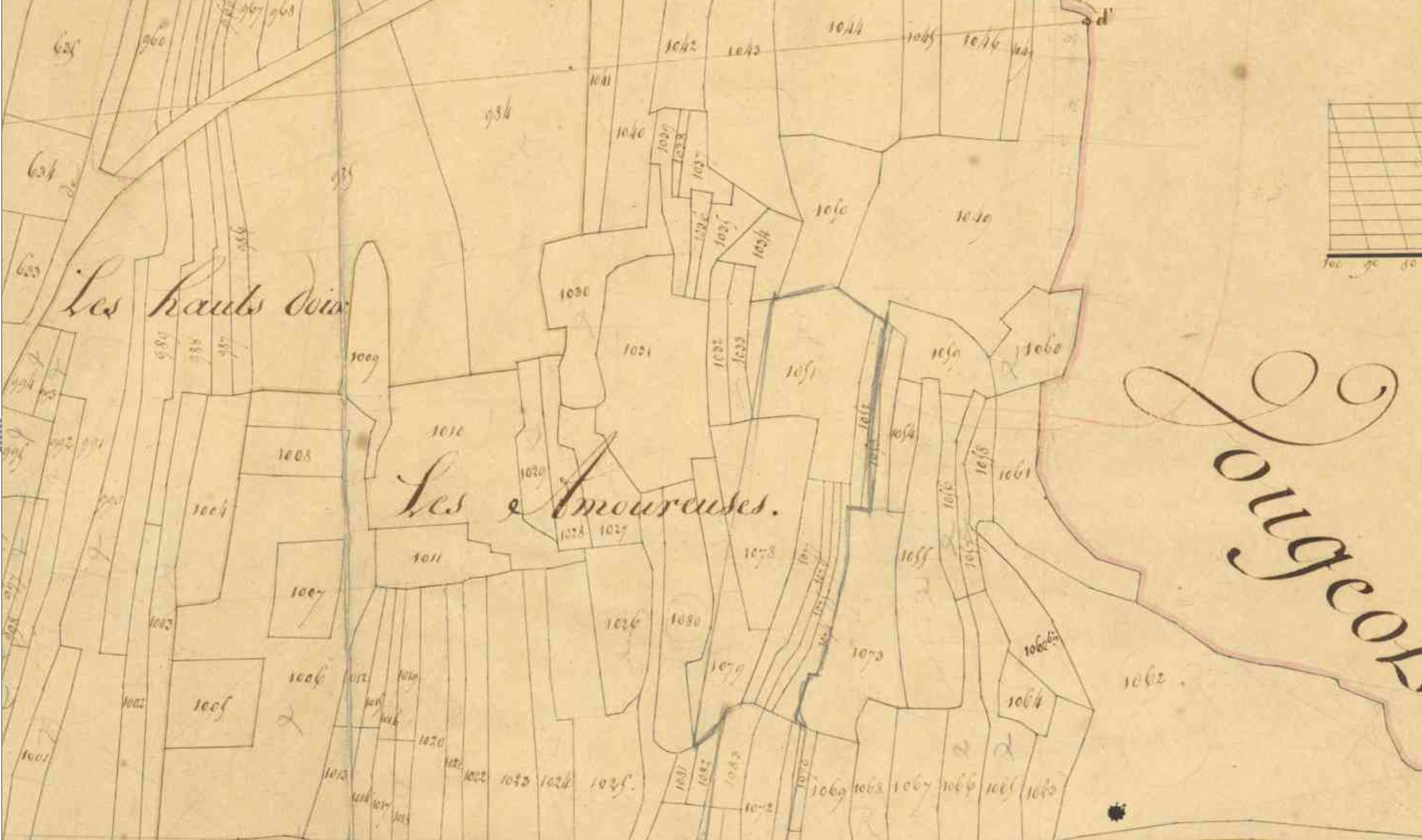
The maps made based on the 1861 classification are also pretty clear regarding Les Amoureuses: On the map below the bottom part is only 2e Classe (yellow).
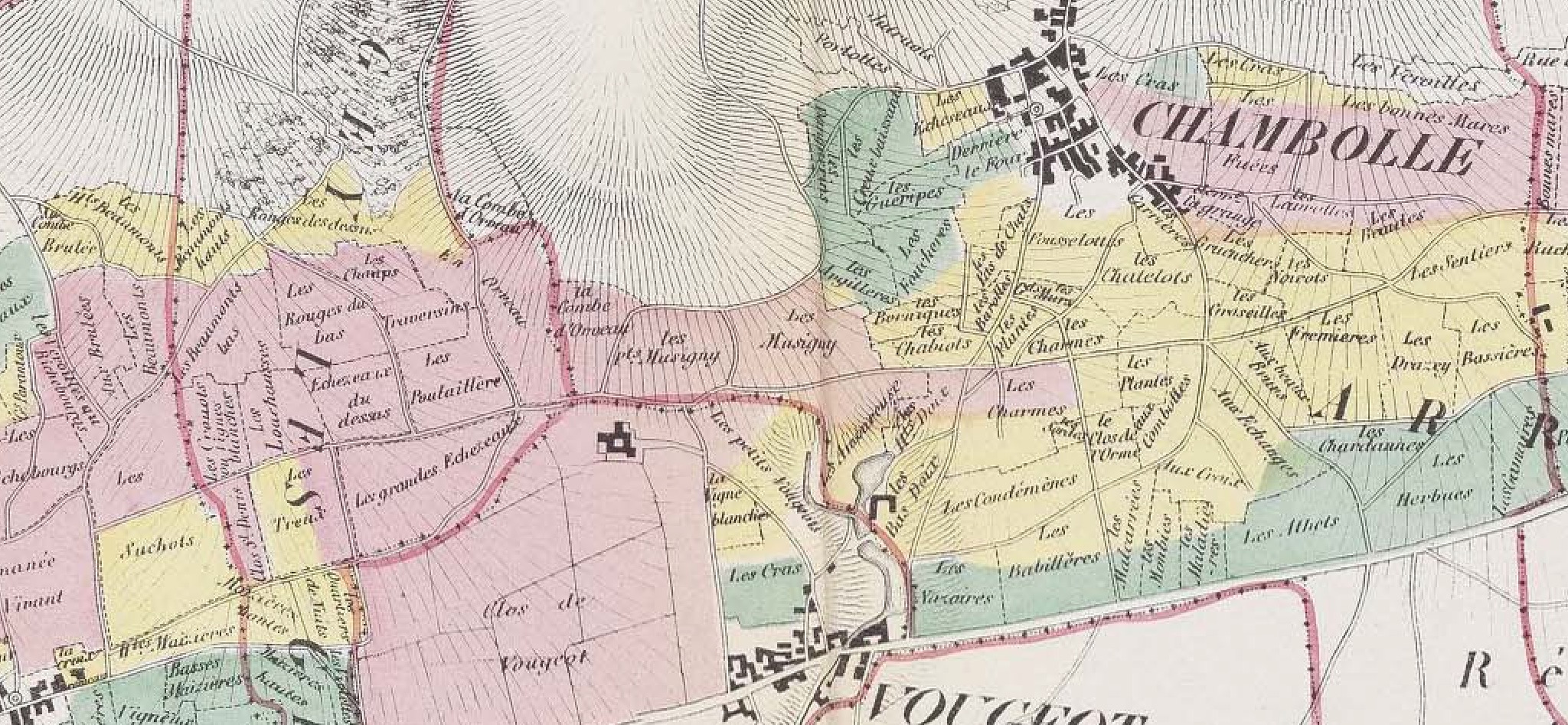
It is pretty obvious that the change in geology is reflected in the classification, and that the bottom part of Les Amoureuses is considered as being of somewhat lower quality than the top. I, however, feel that the wines partly from the lower parts – as with Domaine Groffier – offer tremendous quality (see more below).
The lower classifiction of some parts of Amoureuses is also confirmed by Rodier,4 who mentions that parts of the vineyard are only classified as Deuxiéme cuvée. Lavalle1 classified Les Amoureuses as Premiére Cuvée in 1855, with only Les Musigny and Les Petits-Musigny being classified as Tête de Cuvée.
The owners of Les Amoureuses
There are, according to my research, 13 or 14 current owners of Les Amoureuses, although some of them sell grapes or lease the vineyards to other producers.
I’m still working on the precise areas for some of the producers, and I will revise the areas mentioned below if needed, with the same eventually to the map. The producers below with a quoted area are confirmed by more than one source – and in some instances by the estate itself. The numbers in parentheses are not yet confirmed.
The owners and/or producers are:
- Domaine Robert Groffier – 1.12 ha
- Domaine Drouhin – (0.59 ha)
- Domaine Comte Georges de Vogüé – 0.5607 ha
- Domaine J.-F. Mugnier – 0.5285 ha
- Domaine Amiot-Servelle – 0.4490 ha
- Domaine Georges Roumier – 0.3963 ha
- Domaine Serveau et Fils – (0.35 ha)
- Domaine Francois Bertheau – (0.32 ha)
- Domaine Gérard Peirazeau – (0.21 ha )
- Domaine Pousse d’Or – 0.1965 ha
- Domaine Hervé Roumier – (0.165 ha)
- Maison Louis Jadot – (0.12 ha)
- Domaine Chazan/Zibetti – (0.12 ha) (Domaine Faiveley in fermage)
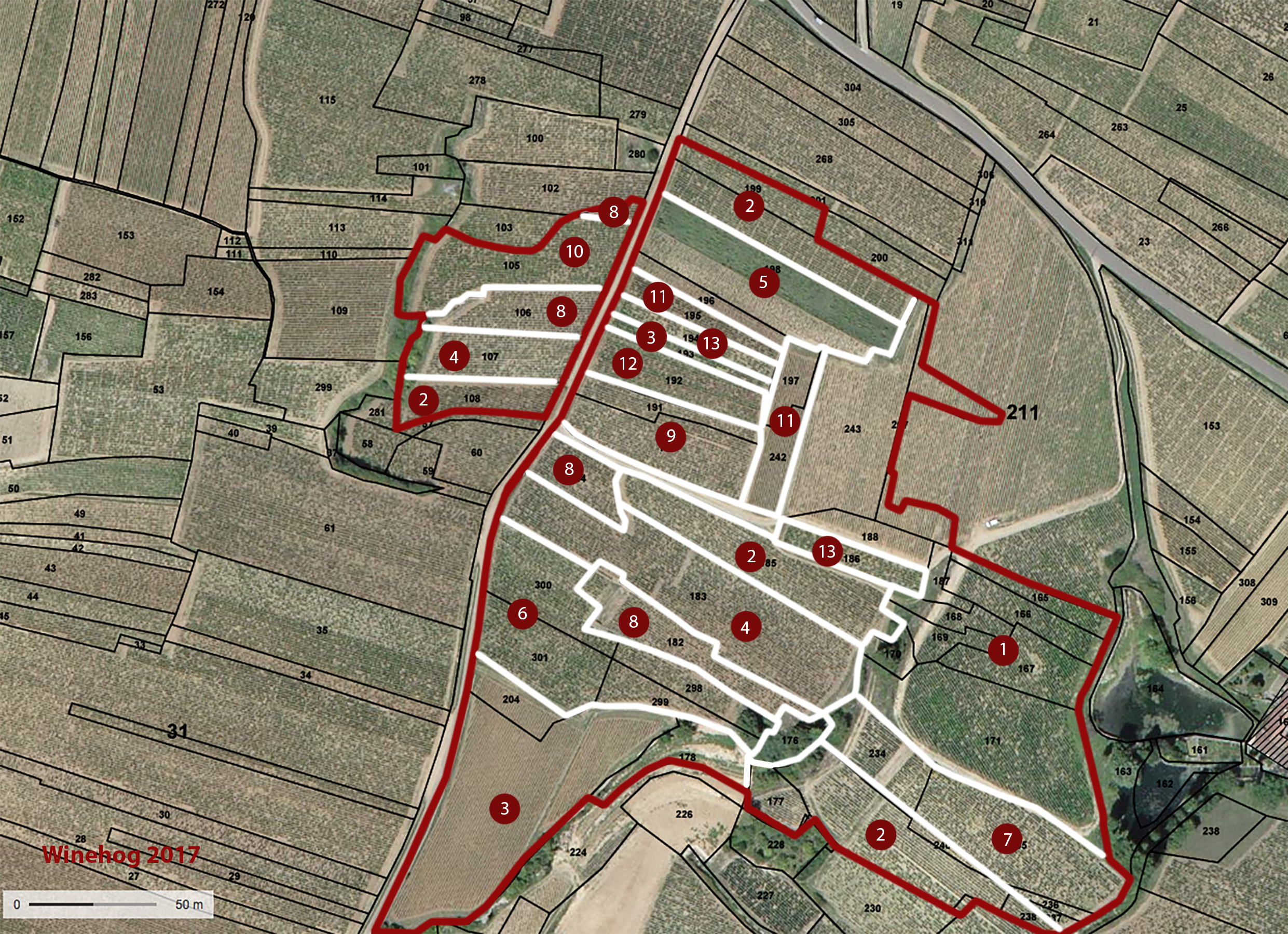
Some producers do sell grapes to negociants. Benjamin Leroux produces a lovely Les Amoureuses, according to Clive Coates6 from grapes bought from Gérard Peirazeau – previously a part of the Groffier estate.
The Groffier plots of Chambolle-Musigny Les Amoureuses
The Groffier estate has its roots at the end of the nineteenth century, when Frédéric Groffier laid the foundation of the estate we know today as Domaine Robert Groffier.
You need to login as a premium subscriber to read the rest of this article. If you are not a subscriber, use the subscribe function and sign-up.

 - A true vin d’émotion – a Burgundy of passion
- A true vin d’émotion – a Burgundy of passion - A truly hedonistic wine – lively and enjoyable
- A truly hedonistic wine – lively and enjoyable - A vivacious wine for pure indulgance
- A vivacious wine for pure indulgance - A potential vin d´émotion - frais et léger
- A potential vin d´émotion - frais et léger